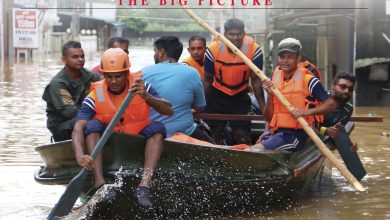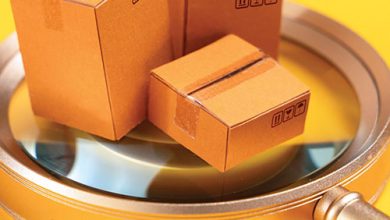PANDEMIC PREPAREDNESS
INSTITUTIONAL AMNESIA HOW COVID CAUGHT US NAPPING
BY Angelo Fernando
You would have heard of the ‘plandemic’ theory. It’s a belief based on a conspiracy theory, which suggested that the novel coronavirus was a ‘psy-ops’ strategy to bring down President Donald Trump. The other theory is that the US knew a pandemic was in the offing but was ill prepared in spite of prior knowledge.
While the first theory was debunked by scientists, I have proof that we were indeed preparing for this event.
In 2009, I was working at Arizona State University when the H1N1 virus known for the outbreak of swine flu was making its rounds. The threat was real and my colleagues who were working on large-scale environmental and health issues ran an elaborate two day pandemic planning exercise. The venue was the Decision Theater, which provided a convenient war room ambience.
Elections were well behind us and President Barack Obama had settled into office. There had been plenty of pandemic preparedness talk in government and academic circles some months before, and even in the George W. Bush era.
But it had been drowned by the noise of elections. Nevertheless, the Centers for Disease Control and Prevention (CDC), and local health officials, were concerned as were the governors of many states.
They recognised that an outbreak or a pandemic could trigger an adverse economic domino effect. Cities and counties often plan for such contingencies and this threat was taken seriously in Arizona too.
Participants in this exercise were county health officials, school superintendents and infectious disease specialists. But 11 years later, Arizona got off to a slow start when COVID-19 came calling.
Researchers typically call this type of planning a tabletop exercise where people sit in a conference room and strategise using available data. But in this facility, which has the capability for 3D scientific visualisation, the exercise was amped up to be more realistic.
Participants from three school districts were presented with fictional emergencies and datasets. These included the scenario of a foreign virus entering the country through returning soldiers, and cities, protests and universities becoming hot spots due to person-to-person transmission.
On the large screens in the Decision Theater, our team created several simulated TV news reports for each potential crisis point. The goal was to test how decisions would be made in a pressure cooker environment, often in less than perfect conditions.
Swine flu, which eventually accounted for 12,000 deaths, didn’t scare people as much as say an asteroid collision. We had dodged many bullets before such as the West Nile virus and Legionnaires’ disease; and if another threat like this emerged, stakeholders would be prepared – or so we hoped.
Weeks before the event, we filmed news reports using grad students as actors. Storylines were created to present participants with data of the fictitious outbreak over time. Participants could only use a single landline in the room to call up other experts such as policy makers, epidemiologists, officials from transportation departments and logistics.
They were purposefully located in an adjacent building to create a communication lag. How would schools and businesses react? Who would make the tough calls?
“To really solve all these problems, it would take a large consortium of public and private sector leaders coming together to figure out how to keep people apart. You have to attack it in little pieces – because the whole problem is too big for any one group to solve,” noted Dr. Tim Lant.
He worked on the mathematical model for the exercise. There were some tense moments, given that the usual chain of command was not available in real time.
So what happened to all those plans? Why are the best plans and the accumulated knowledge of experts ignored?
It’s not that they were ignored, explained Dr. George Basile – Director of the Decision Theater at that time. It’s just that “people aren’t great planners for the future. As individuals our time scales are hours, days, weeks and months. Even years begin to stretch long for us.”
Then there’s the reality that when governments change, the best plans are shelved as new agendas are set and institutional amnesia sets in. We were ready for COVID-19… but were caught napping.
Personally, I feel terrible about this. I was a communications manager during this event, after all. Perhaps we did not communicate this too well outside academic circles. In the Phoenix region, there have been over 220,000 cases of COVID-19 and in excess of 5,700 deaths at the time of writing. That’s 2,700 more deaths than 9/11.
We could have done better. But then again as Dr. Basile noted: “The real world is complex, and figuring out how to make things work better within so many different local to global contexts is messy and challenging.”
Researchers typically call this type of planning a tabletop exercise where people sit in a conference room and strategise






